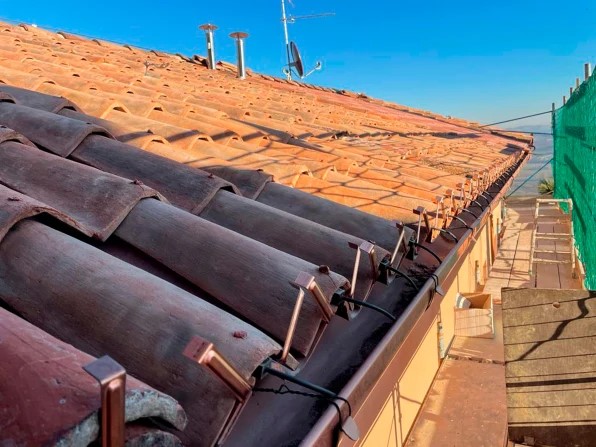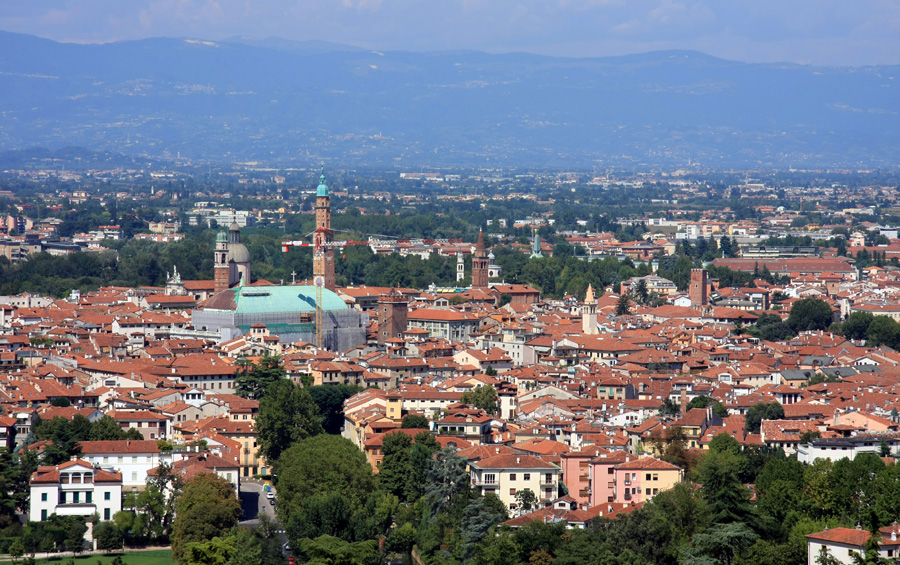
In the historic Italian city of Vicenza, Veneto, a typically-Italian family business of artisans is handmaking not-so-typical solar panels.
Designed to be indistinguishable by the naked eye from regular terracotta roof tiles, “Invisible Solar” tiles are made to improve the energy efficiency of heritage buildings without compromising their historic appearance.
They make each tile out of a non-toxic and recyclable polymeric compound they themselves developed, and the tiles allow for sunlight to pass into a hidden bank of photovoltaic cells without the human eye being able to tell they are translusent.
This gives them the appearance of regular handmade clay tiles that cover most of the roofs in Italy and almost all of the roofs in their native, UNESCO-listed Vicenza.
The company is called Dyaqua, and their founder, Giovanni Battista Qualiato says that just like regular roofing tiles, Invisible Solar can be installed by roofers without any special training or equipment.

In 2015 Invisible Solar was mentioned by the Italian Ministry of Cultural Heritage and Activities and Tourism (MiBACT) as a solution to improve energy efficiency in cultural heritage across the country, and they are already installed in Pompeii.
READ MORE: Inflatable Floodgates in Venice Named After Moses Save the City for a Second Time
“They look exactly like the terracotta tiles used by the Romans, but they produce the electricity that we need to light the frescoes,” said Gabriel Zuchtriegel, director of the Pompeii Archaeological Park.
“Since we needed an extensive lightning system, we could either keep consuming energy, leaving poles and cables around and disfiguring the landscape, or choose to respect it and save millions of euros.”
A pilot program will see Invisible Solar terracotta tiles installed in the Portuguese city of Evora, and the Qualiato hope that soon there will be an interest in Dyaqua’s other products, because the same technology and materials that allow them to make solar panel terracotta tiles allows them to mimic natural stone, concrete, and wood exteriors, in not only the roof of a building, but also their walls and courtyards.
MORE FROM ITALY: Italy Bans Cruise Ships from Entering Historic Venice City Center
About 90 square feet (9 square meters) of tiling will generate about 1 kilowatt hours of electricity, which isn’t much, but it does offer the choice between some solar power on historic buildings, and no solar whatsoever.
SHARE This Great Idea To Green Historic Places On Social Media…



















